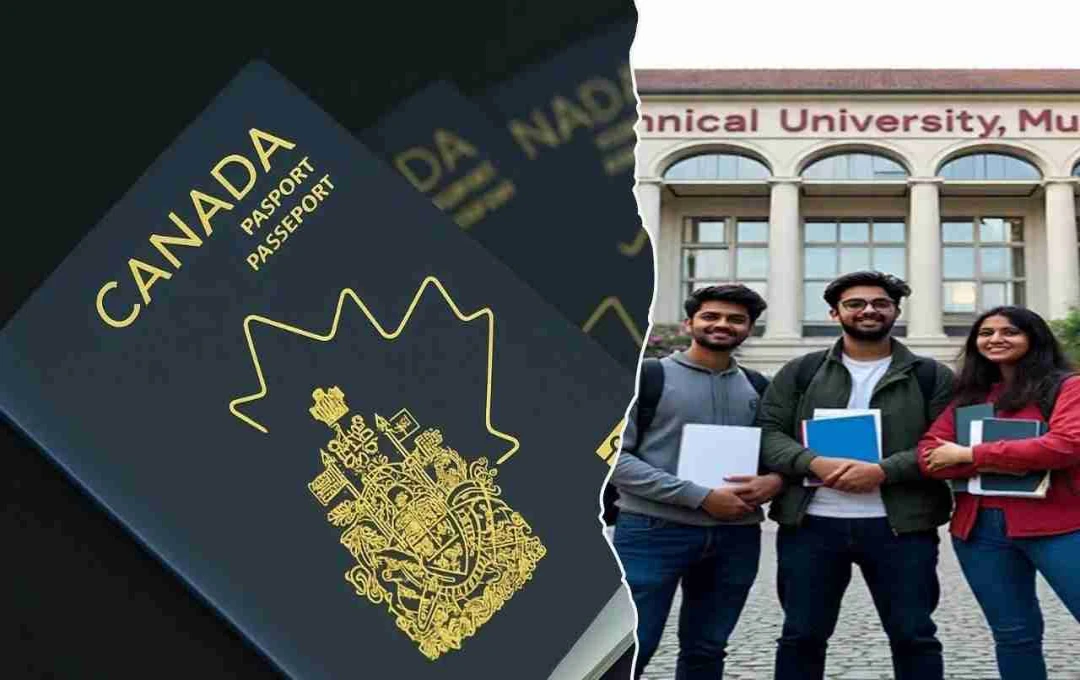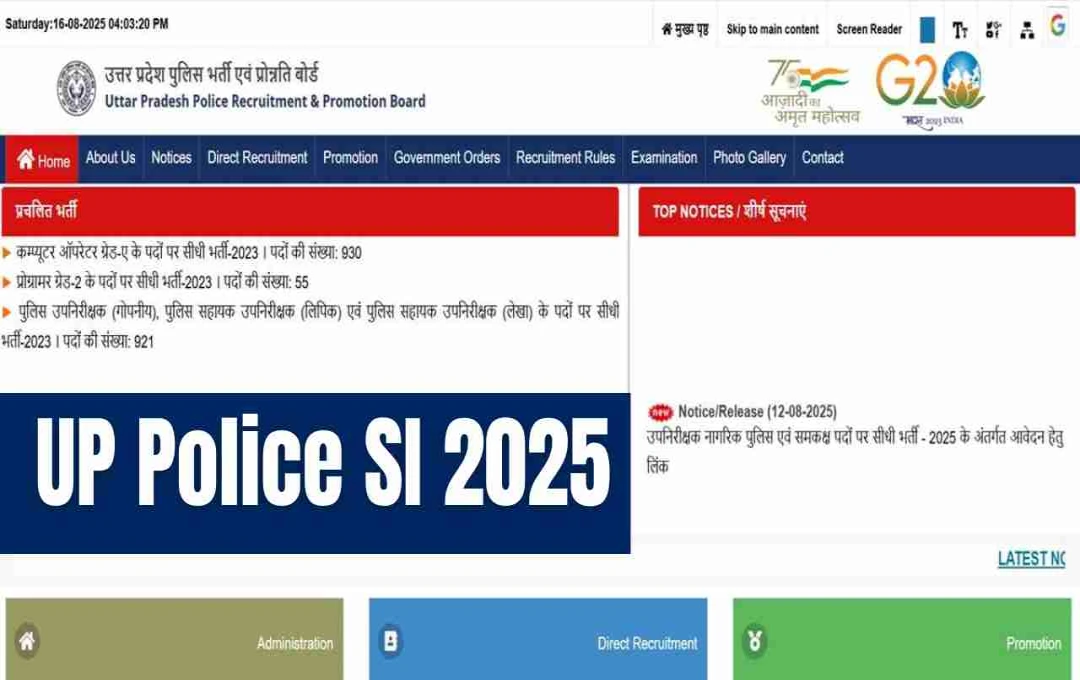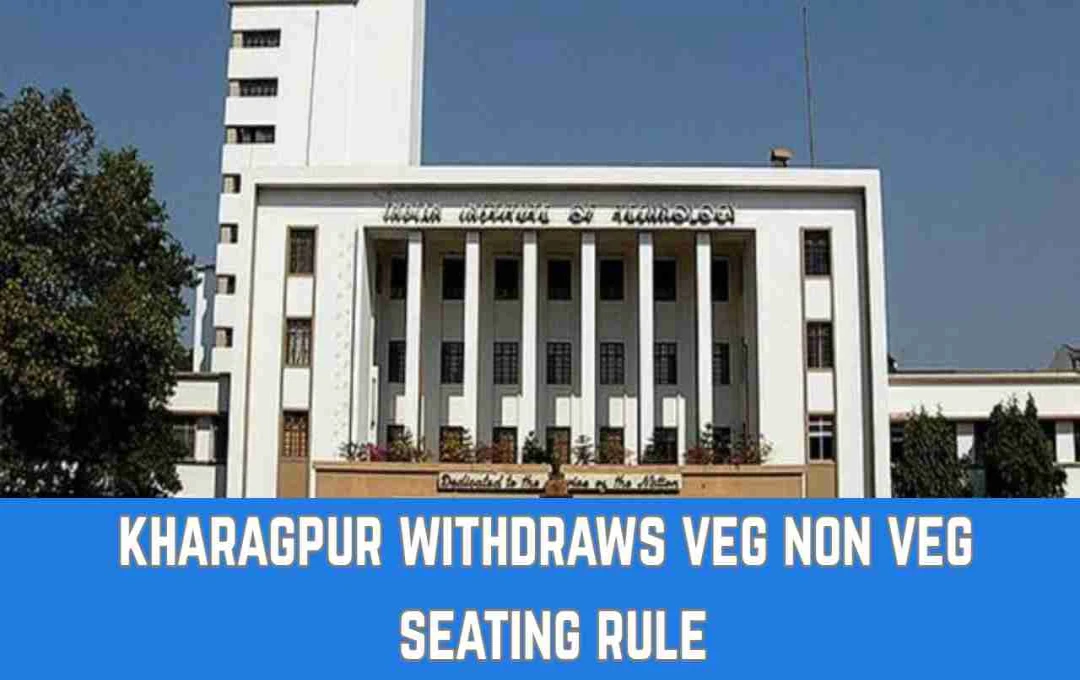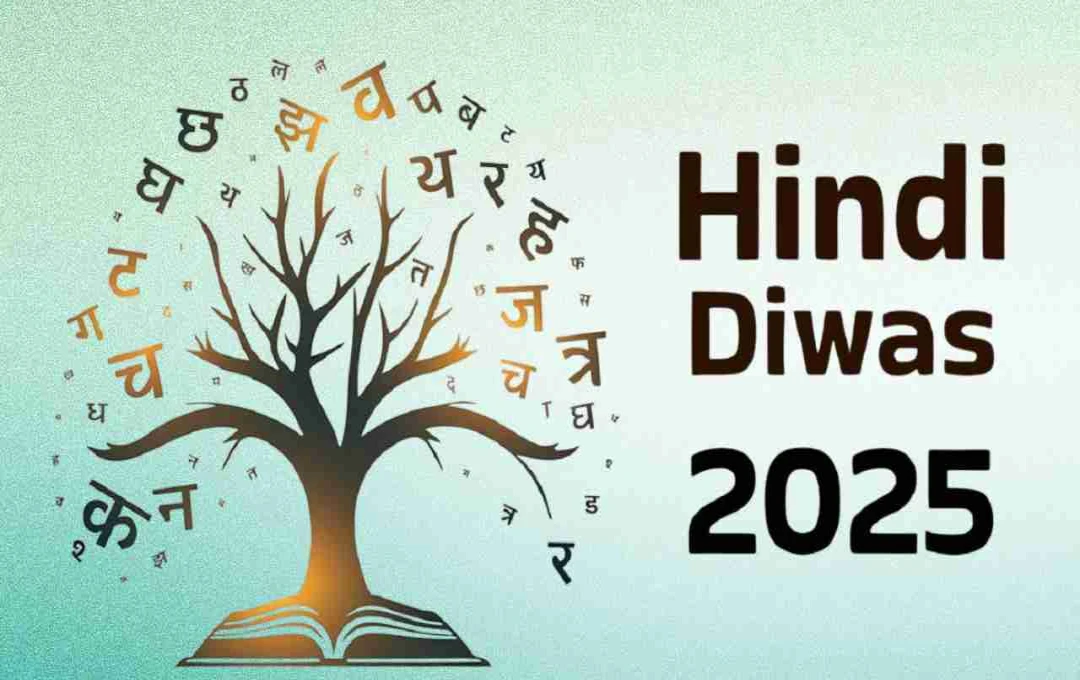Canada rejected 80% of Indian students' student visas in 2025. The US and Australia have also tightened visa processes. Students are now showing interest in studying in Germany and other European countries.
Canada Visa: In 2025, Canada has increased its strictness in the student visa process for Indian students. According to government data, approximately 80 percent of Indian students' visa applications have been rejected. This is considered the highest visa rejection rate in the last decade. This step has been taken due to the limited resources for education and employment in Canada, prioritizing local talent, and pressure to maintain high quality in educational institutions. This decision has impacted not only Indian students but also other international students from Asia and Africa.
Stricter Visa Process in Canada
The Canadian government has further tightened the student visa process. Students are now required to submit proof of financial resources, a study plan, and future plans during the application. The language proficiency process has also become more stringent than before. Additionally, employment opportunities for post-graduate students have been reduced, and the limits on students' working hours have been increased. According to media reports, Canada is preparing to issue only 437,000 study permits in 2025. This includes 73,000 for post-graduates, 243,000 for graduates and other students, and approximately 120,000 for renewals and school students.
Due to this policy, the number of Indian students in Canada is declining. In 2024, Indian students constituted only 9 percent of the total international students, whereas this figure was 18 percent in 2022. This indicates that Canada is no longer as attractive a destination for Indian students as it once was.
Reasons Behind Canada's Policy
The Canadian government states that this move is not arbitrary. They have linked it to domestic needs and the limitations of educational resources. The decision has been made due to a shortage of educational and employment resources, weak infrastructure, and political demands to provide opportunities to local talent.

The impact of this decision has been directly felt by both students and institutions. Small colleges, in particular, which depend on the fees of international students, are facing financial crises. With a significant reduction in their primary source of income (fees), some colleges are on the verge of mergers or closure.
Situation in the US and Australia
Along with Canada, the United States and Australia have also increased visa restrictions for Indian students. In the US, approximately 41 percent of F-1 visas were rejected in 2023-24, the highest in the last ten years. US Immigration and Customs Enforcement (ICE) canceled the visas of over 4,700 Indian students due to absenteeism and illegal activities.
Some restrictions have also been imposed on US student visas for Indian students from September 2025. Meanwhile, in Australia, over 23,500 asylum applications were received in 2024-25, with only 4,000 being approved. Some Australian universities have also imposed restrictions on students from Punjab, Haryana, Uttar Pradesh, Jammu and Kashmir, and Uttarakhand.
Germany is Becoming the Top Choice for Indian Students
Due to stricter visas in Canada, the US, and Australia, Germany is now emerging as the most attractive option for Indian students. Germany's b economy, public-funded universities, and options for studying in English are attracting students. Compared to North America, the lower cost of education and living expenses in Germany is leading to a rapid increase in the number of Indian students.
According to Germany's Federal Statistical Office, the number of Indian students there has more than doubled in the last five years. In 2023, there were approximately 49,500 Indian students, which increased to about 60,000 in 2025. Fields like Technology, Management, and Engineering are becoming extremely popular there.














